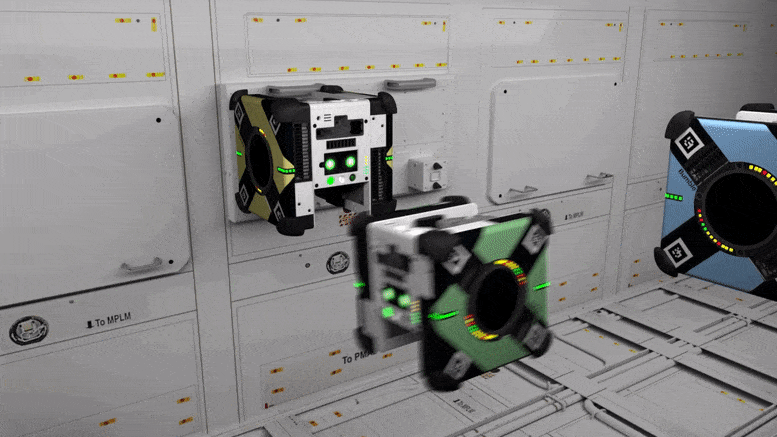
The International Space Station welcomed back Honey, one of NASA’s Astrobee robots, after its maintenance stay at NASA’s Ames Research Center. NASA astronaut Woody Hoburg confirmed Honey’s readiness, after which it displayed independent navigation capabilities within the station. Credit: NASA
NASA’s Astrobee robot, Honey, returns to the International Space Station, showcasing independent navigation and promoting STEM outreach, with support from NASA’s specialized programs.
The International Space Station is abuzz with the return of one of NASA’s Astrobee smart robots. The yellow Honey Astrobee, one of three free-flying robots, was unboxed in space after spending nearly a year at its home base, NASA’s Ames Research Center in California’s Silicon Valley. Honey had returned to Earth in September 2022 for maintenance and repairs.
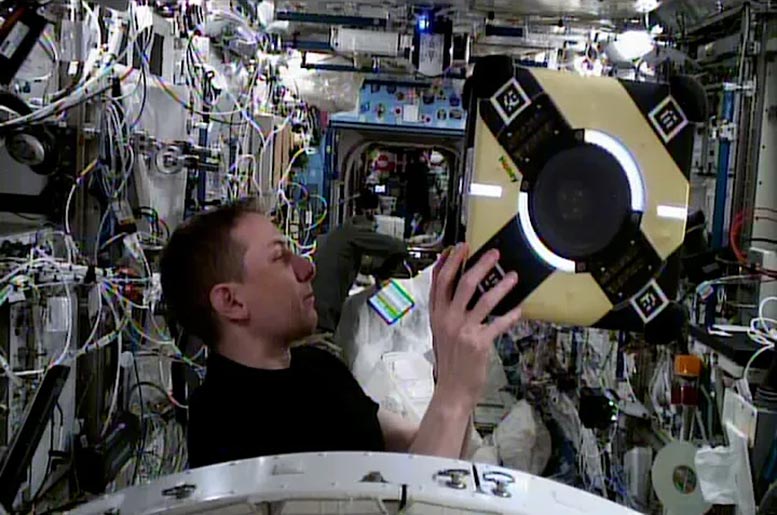
NASA astronaut Woody Hoburg examines a recently unpacked Astrobee free-flying robot aboard the International Space Station. The Astrobee system is a research platform exploring how robots can maintain spacecraft. Credit: NASA
NASA astronaut Woody Hoburg helped unpack Honey from its flight container and verified the robot was ready to get back to work. After initial checks, Honey was able to independently disengage from its docking station, maneuver through the space station’s Japanese Experiment Module (JEM), and re-dock successfully without crew supervision.
Astrobee’s Purpose and Capabilities
The Astrobee Facility provides the orbiting laboratory with a robotic system for research and STEM (Science, Technology, Engineering, and Mathematics) outreach. Astrobee consists of three cubed-shaped robots, software, and a docking station used for recharging. The robots, which use electric fans as propulsion in the microgravity of the space station, aim to help manage routine spacecraft tasks so that astronauts can focus on jobs that only humans can perform. The project provides payload opportunities as well as guidance to users from academia, private industry, NASA, and other government agencies in the execution of approved research and STEM objectives.

UAE (United Arab Emirates) astronaut and Expedition 69 Flight Engineer Sultan Alneyadi observes a free-flying Astrobee robotic assistant during the testing of its operations for an upcoming student competition to control the robotic devices. Credit: NASA
About Astrobee
Astrobee is an innovative robotic system developed by NASA for use on the International Space Station (ISS). Comprising three cube-shaped, free-flying robots, Astrobee is designed to assist astronauts in routine tasks, improving efficiency on the space station. These robots use electric fans for propulsion, allowing them to move seamlessly in the microgravity environment of the ISS. Beyond their practical applications, the Astrobee robots also serve as a platform for research and STEM (Science, Technology, Engineering, and Mathematics) outreach, promoting scientific exploration and educational initiatives in space.
Astrobee was funded by NASA’s Game Changing Development Program, part of the Space Technology Mission Directorate. Ongoing funding is provided by NASA’s International Space Station Utilization Office.

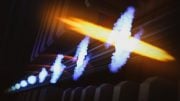


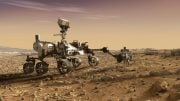


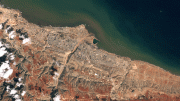
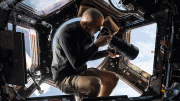
Be the first to comment on "NASA’s Honey Astrobee Robot Returns to Space"